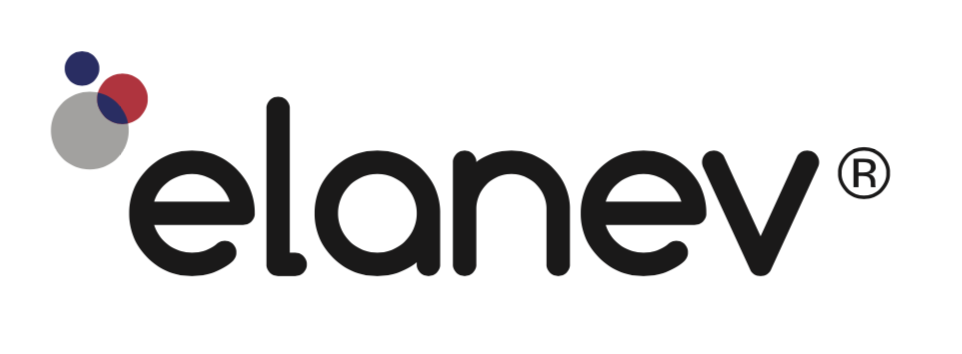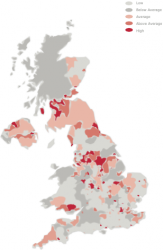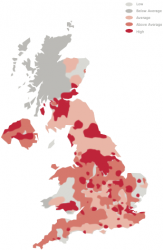What is elanev Resilience? elanev Resilience is an account level measure of customer financial soundness.
How is elanev Resilience derived? elanev Resilience consists of a foundation data layer, an observed data layer and an analytics layer. An exhaustive set of dynamic UK indicators including financial, socio-economic and geodemographic data forms our foundation layer. Over this we apply consented outcome data which includes validated up to date financial assessments, including vulnerability. Using the latest AI, the observed data is applied to the foundation layer to provide the elanev Resilience measure. elanev Resilience is updated daily.
What about GDPR? We are not party to any personal identifiable customer information in the observed data helping to keep us, and you, GDPR compliant. There is no additional GDPR implication to you from using elanev Resilience.
Are the vulnerability assessments made on a sound basis? Yes, the vulnerability assessments within the consented outcome data are performed using standard drills such as IDEA, CARERS and most notably TEXAS. These drills are referenced in the FCA Consumer Vulnerability Paper No. 8.
The FCA has identified four key characteristics that they believe signal potential consumer vulnerability. Does elanev Resilience cover them? Short answer: We capture all the financial characteristics; we are the only approach to assessing customer resilience that does.
….and the long answer? As you know the characteristics are:
1. Limited financial resilience;
2. Low financial capability;
3. Suffering a recent life event;
4. Suffering health-related problems;
Characteristics 1 and 2 are present within the foundation data and the observed data. Characteristic 3, is present in both data layers when financial, socio-economic or geodemographic, e.g. redundancy. When non socio-economic, characteristic 3 is present in the observed layer. As elanev Resilience is a measure of financial soundness, we deliberately do not capture or store characteristic 4. That said, the effects of COVID-19 and other geodemographic health issues will also be present within the foundation layer.
What about other measures of vulnerability? The FCA is requiring firms to have a better understanding of their customers calling out the need to understand customer propensity for vulnerability and to harm. The FCA expects firms to predict behaviour and monitor outcomes recognising the need for data to support this. Common data sources include:
- Own customer data: Can provide a highly granular view of financial vulnerability. But limited if the provider is not the main account holder or does not currently service the customer.
- elanev Resilience financial vulnerability index: Applicable to all customers across whole UK. Uses outcome data with no personal identifiable details shared to give a daily account level customer financial vulnerability index with no GDPR implication. Cheapest solution available.
- Bureau data: Provides a ~1month lagged measure of financial credit stress which only applies to credit active customers. Lacks information on income, savings, equity or assets, mortgage/rental payments and other commitments limiting it applicability to assessing vulnerability.
- Self-certified data hubs: Customers can self-declare vulnerability. Such hubs rely on customer accuracy and honesty as submissions are not audited. Customers are also unlikely to update submission as their situation changes limiting relevance. The volume of customers self-declaring as vulnerable is low compared to the wider population and the approach redlines those that don’t know they are vulnerable.
- Open-Banking: Requires individual customer consent. Can lack information on savings, assets and equity. Higher cost limits application in large volume customer engagement.
What data do need us to provide? An inventory file; a simple daily extract from your system of records, for example, at the beginning of the day. No personal identifiable customer information is required within the file. We append our elanev Resilience score to your inventory file and return it prior to the start of your day’s operation.
How is this data transferred? Both files are simple text (CSV) files transferred using secure file transfer protocol (ftp).
Did you pay for your awards? Our success is dependent on our integratory so, no. We do not participate in pay for entry industry awards or where there is an implicit assumption that we will provide sponsorship.











